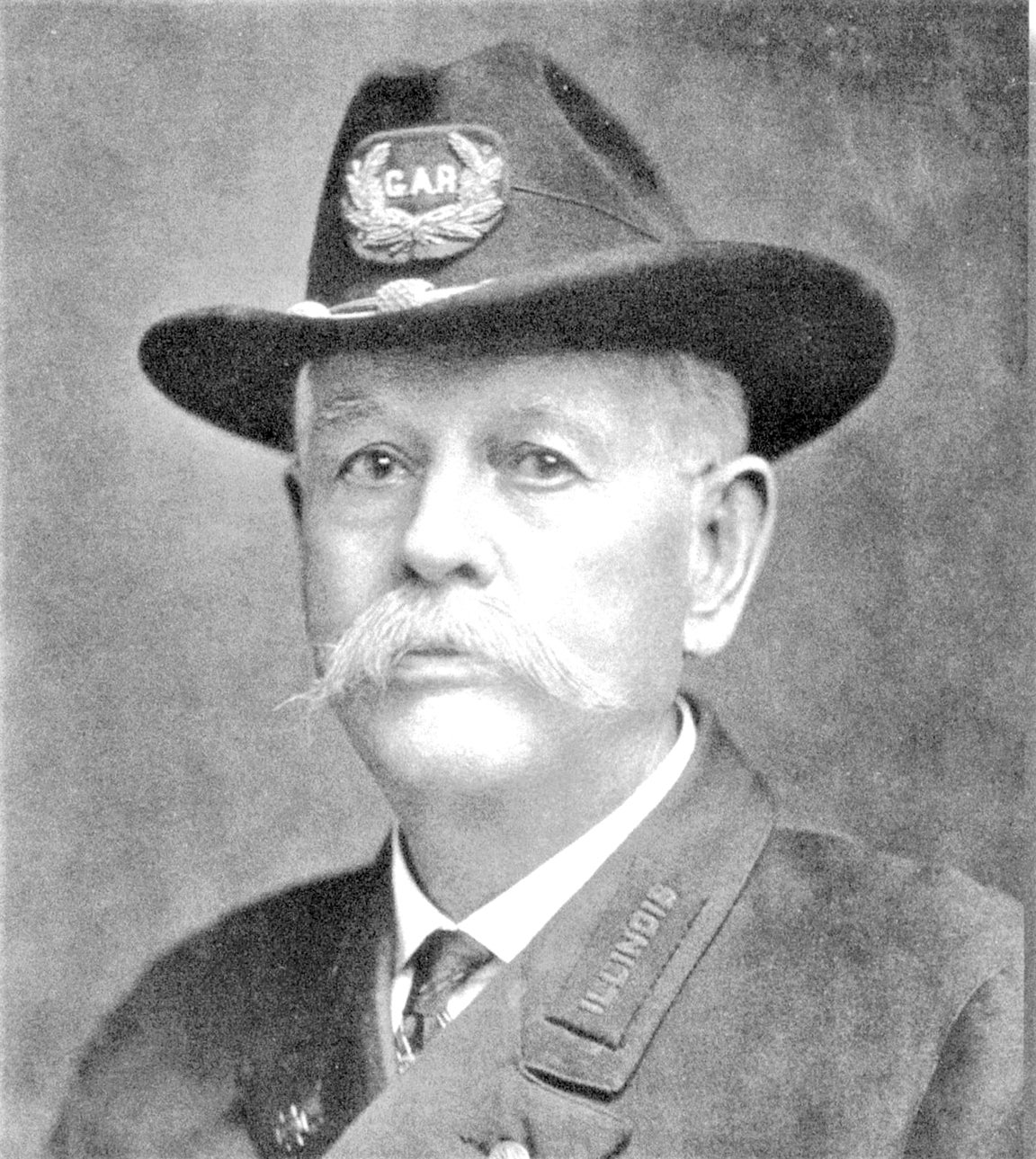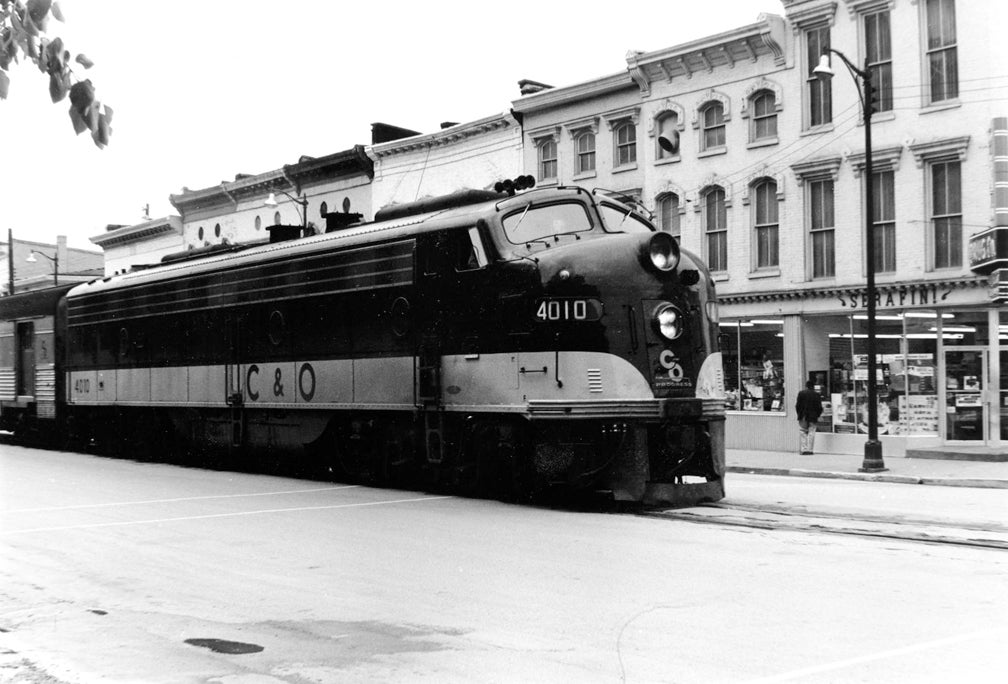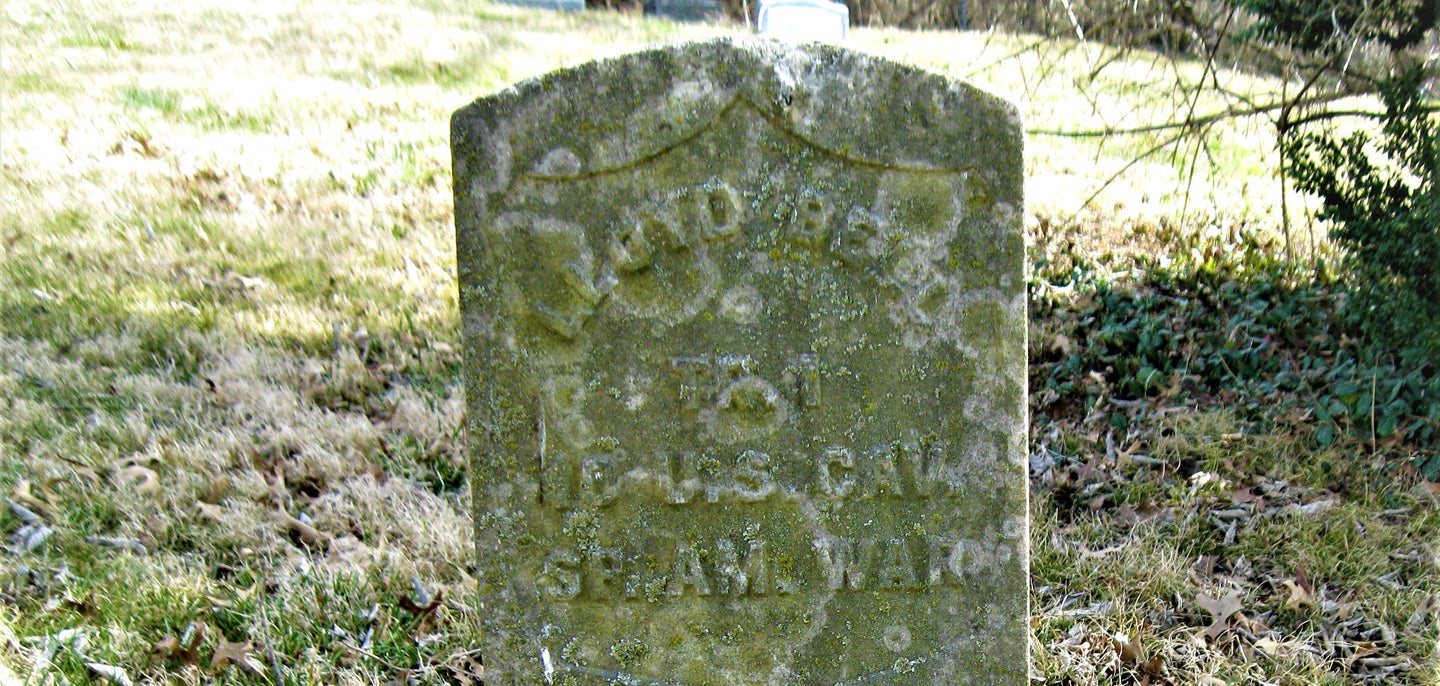Between 1866 and 1940, The Grand Army of the Republic (GAR) was the equivalent of today’s American Legion or Veterans of Foreign Wars. Membership in the GAR was restricted to those men who had served during the American Civil War (1861-1865) in the U.S. Army, including both state troops mustered into Federal service and U.S. Colored Troops (USCT), plus members of the U.S. Navy and U.S. Marine Corps. The GAR was both a fraternal organization and a politically active organization that fought for veterans’ pensions, establishment of veterans’ care facilities and cemeteries, and the preservation of Civil War battlefields, i.e. Gettysburg and Vicksburg.
The name Grand Army of the Republic was a play on Napoleon’s name for his army, the Grand Army. The men of the Union Army considered themselves equal, if not superior, to the army Napoleon used to conquer Europe. Thus, they thought of themselves as a Grand Army that served the Republic of the United States.
The Grand Army of the Republic (GAR) was founded in 1866 in Springfield, Illinois, and soon consisted of thousands of local “camps” situated in every state. The GAR ceased to exist in 1956 with the death of its last living member, Albert Woolson (1850–1956), of Duluth, Minnesota.
It needs to be noted that over 105,000 boys under the age of 16 served in Federal military units during the Civil War, and at least 25 of these boys were under the age of 10. The GAR’s membership peaked in 1890 at 410,000 members. The last decade of the 19th century and the first of the 20th century were high points in GAR activities. During these 20 years its members participated in various Civil War commemorative events and monument dedication ceremonies.
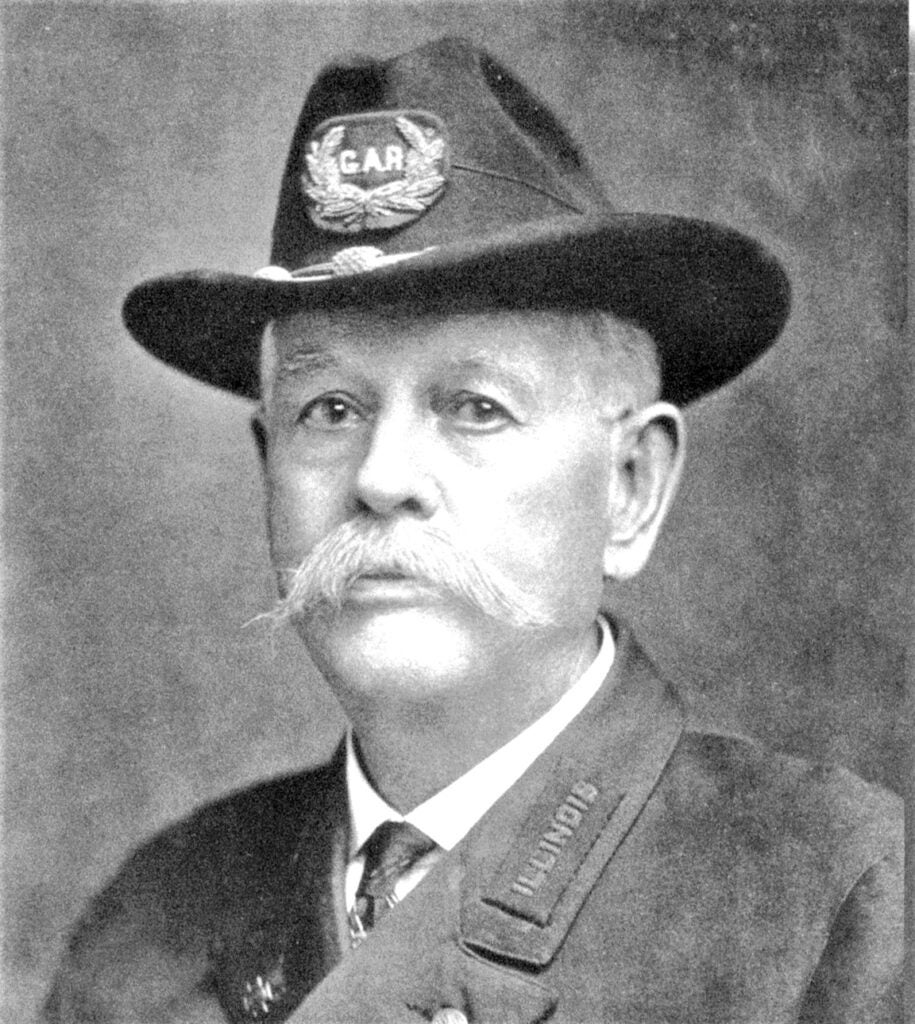
The GAR was open to members of all races provided they had served during the Civil War in the military or naval services of the Federal Government.
Most GAR camps were integrated, however, there were also segregated GAR camps. At one time, Kentucky had over 200 GAR camps. At least three of Kentucky’s camps served only African Americans. Frankfort had both a white only GAR camp and an African American GAR camp. The African American GAR camp was made up of men who had served in the USCT.
GAR Camp 33, “Albert Gallatin Bacon,” served Frankfort’s white veterans and Camp 44, “George Wood Monroe,” served Frankfort’s African American veterans. GAR Camp 33 was named for Captain Albert G. Bacon (1816-1861), who had commanded Company C, 3rd Kentucky Cavalry and was killed in action on Dec. 28, 1861, at the Battle of Sacramento, which was fought in McLean County, Kentucky. He is buried in the Frankfort Cemetery.
GAR Camp 44 was named for Brevet Brigadier Gen. George Wood Monroe (1835–1869), who served first as the colonel of the 22nd Kentucky Infantry and then as the colonel of the 7th Kentucky Veteran Volunteer Infantry. He was promoted to Brevet Brigadier General on March 13, 1865. Between 1866 and 1868, he served as the Commonwealth’s Quartermaster General overseeing the disposal of its wartime military supplies.
He, too, is buried in the Frankfort Cemetery. American Legion Post 7 may be considered to be the lineal descendant of GAR Camp 33, while the recently closed American Legion Post 176 was the lineal descendant of GAR Camp 44.
Frankfort’s GAR camps have been succeeded by the Sons of Union Veterans of the Civil War (SUVCW) Camp 5 “Sergeant Elijah P. Marrs.”
SUVCW membership is limited to male descendants of those who served during the Civil War in the Union Army, Navy or Marine Corps. SUVCW Camp 5 is active in the preservation of Civil War monuments and sites within Central Kentucky and provides a color guard for Memorial Day services.
Sgt. Elijah P. Marrs (1840-1910) was born a slave in Shelby County, Kentucky. In 1864, he led 27 men from Shelby County to Camp Nelson, located outside of Nicholasville, Kentucky, to enlist in the 12th U.S. Colored Heavy Artillery Regiment (USCHA). Once in the 12th USCHA, Marrs, due to his leadership qualities, was made a sergeant in Company L.
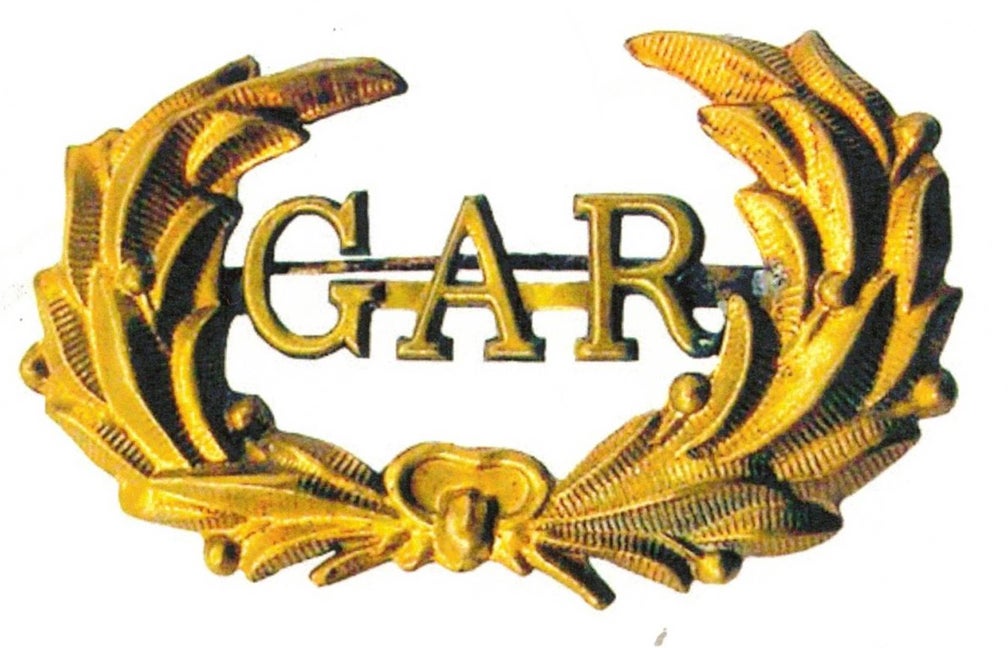
After the war, he moved to Louisville where he became a Baptist minister and a leader in the local civil rights movement. In 1885, he published an autobiography entitled Life and History of the Rev. Elijah P. Marrs. He is buried in Louisville’s Greenwood Cemetery.
Frankfort’s Capital City Museum is lacking in memorabilia connected with Frankfort’s two GAR camps and the Sons of Union Veterans of the Civil War. If you know of or have any such material that you might consider donating, please contact the museum at 325 Ann St.

